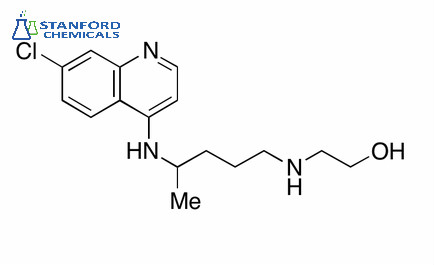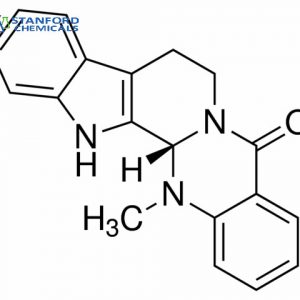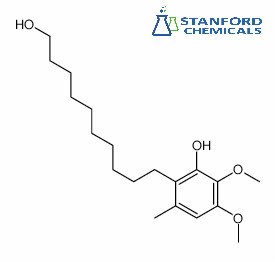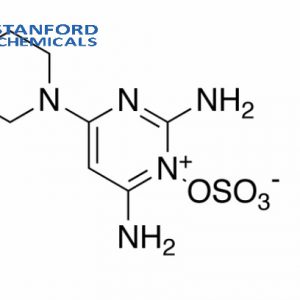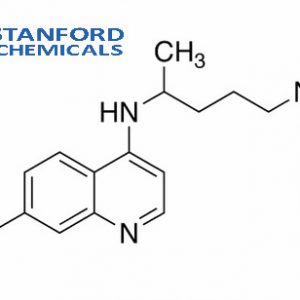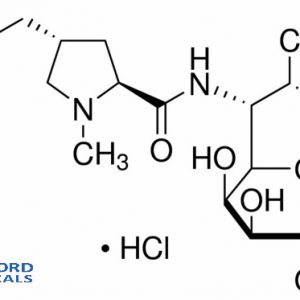- Home
- Pharmaceuticals
- (Discontinued) 040-000-289 Cilostazol, CAS 73963-72-1
(Discontinued) 040-000-289 Cilostazol, CAS 73963-72-1
Discontinued
| Synonyms | 6-[4-(1-Cyclohexyl-1H-tetrazol-5-yl)butoxy]-3,4-dihydro-2(1H)-quinolinone, OPC 21, OPC 13013, Pletaal, Pletal |
| Keywords | Atherosclerosis, diabetes, obesity |
| Related products | Celastrol, Artemisinin, Artemisia Annua Extract |
- Description
Description
Cilostazol Specifications
| Product Name | Cilostazol |
| CAS Registry Number | 73963-72-1 |
| Molecular Formula | C₂₀H₂₇N₅O₂ |
| Molecular Weight | 369.46 g/mol |
| Purity | >98 % |
| Appearance | Off-white powder |
| Package | 1kg-25kg |
| Shelf life | 2 years |
| Functions | Used to treat Atherosclerosis, Takayasu arteritis, Thromboangiitis obliterans, Chronic arterial occlusion due to diabetes, takayasu arteritis,thromboangiitis obliterans, chronic arterial occlusion due to diabetes |
Cilostazol Description
Cilostazol is a quinolinone derivative first developed as an anti-thrombotic agent, inhibiting ADP-dependent platelet aggregation. It regulates cell proliferation, stimulates cyclic adenosine monophosphate (cAMP) level, and induces cyclic AMP-dependent protein kinase. This is mediated by selective and specific inhibition of cyclic nucleotide phosphodiesterase (IC50 = 200 nM). Because of its effects on platelets, cilostazol is useful in various conditions, including peripheral artery disease, stroke, and post-stent stenosis. It is metabolized to products that also affect platelet aggregation by cytochrome P450 (CYP) isoforms CYP3A4, CYP3A5, and CYP1B1.
Cilostazol is an antiplatelet drug and a vasodilator. It works by stopping blood cells called platelets from sticking together.

cilostazol
Cilostazol Applications
- Used to treat chronic arterial disease and intermittent claudication
- Used to reduce Madin–Darby cell line (MDCK) proliferation through c-Myc down-regulation
- Used for secondary stroke prevention
Reference:
- Suri, A., et al.: J. Clin. Pharmacol., 38, 144 (1998), Park, S.-W., et al.: Am. J. Cardiol., 84, 511 (1999), Tsuchikane, E., et al.: Circulation, 100, 21 (1999).
- Koga, Y., Kihara, Y., Okada, M., et al. 2(1H)-Quinolinone derivatives as novel anti-arteriostenotic agents showing anti-thrombotic and anti-hyperplastic activities. Bioorganic & Medicinal Chemistry Letters 8(12), 1471-1476 (1998).
- Taniguchi K, Ohtani H, Ikemoto T, Miki A, Hori S, Sawada Y (October 2007). “Possible case of potentiation of the antiplatelet effect of cilostazol by grapefruit juice”. Journal of Clinical Pharmacy and Therapeutics. 32 (5): 457–9. doi:10.1111/j.1365-2710.2007.00844.x. PMID 17875111
- Au, T.B., Golledge, J., Walker, P.J., et al. Peripheral arterial disease – diagnosis and management in general practice. Aust.Fam.Physician 42(6), 397-400 (2013).

